Embarking on a fitness journey is one of the most rewarding choices you can make for your health. The best fitness program is not one-size-fits-all, but rather tailored to fit your goals, fitness level, and lifestyle. This guide will walk you through how to create a program that works for you.
What defines the best fitness program?
A great fitness program is:
- Goal oriented: Tailored to meet your specific needs, whether it’s weight loss, building strength, improving endurance, or overall health.
- balanced: Involves a combination of cardio, strength training, flexibility and recovery.
- Adaptable: Adjusted according to your fitness level and lifestyle.
- continuous: Encourages consistency over perfection for long-lasting results.
Step 1: Set clear goals
Determine what you want to achieve.
Writing down your goals and tracking progress can boost motivation.
The second step: components of an effective program
A comprehensive fitness program includes different components that work together to improve your physical and mental health. Each ingredient plays a unique role in building a balanced, sustainable routine. To comply with recommended health standards, keep in mind Physical activity guidelines:
- Engage in 150-300 minutes of moderate-intensity aerobic activity per week.
- Includes Muscle strengthening exercises For at least all major muscle groups 2-3 times a week.
Here’s how to translate these guidelines into actionable steps:
1. Cardio exercises
Cardiovascular exercise is essential for heart health, improving endurance and burning calories. It enhances the body’s ability to deliver oxygen to the muscles, which improves overall endurance.
Key Benefits:
- Improves cardiovascular health.
- It helps in weight management by burning calories.
- Improving mood, by releasing endorphins.
How to include a heart:
- Beginners: Start with low-impact activities such as walking, swimming, or cycling for 20-30 minutes, 3-4 times a week.
- Intermediate/Advanced: Incorporate high-intensity interval training (HIIT) 2-3 times per week. HIIT involves short bursts of intense activity followed by rest (for example, sprint for 30 seconds, rest for 1 minute, repeat for 15 minutes).
Sample activities:
- Brisk walking: 3 miles per hour for 30 minutes.
- Jogging: Jog one mile followed by light stretching exercises.
- Swimming: 20 laps with periods of slow and fast strokes.
2. Strength training
Strength training builds lean muscle, boosts metabolism, and improves bone density. It’s not just about lifting heavy weights; Even body weight exercises can be very effective.
Key Benefits:
- Increases muscle mass, which helps burn more calories while resting.
- Improves joint stability and reduces the risk of injury.
- Promotes posture and functional strength for daily activities.
How to include strength training:
- Beginners: Start with body weight exercises such as squats, push-ups and planks. Aim for 2-3 sessions per week, with 8-12 repetitions of each exercise.
- Intermediate/Advanced: Gradually add weights (dumbbells, barbells, or barbells) and incorporate compound movements such as deadlifts, bench presses, and pull-ups. Additionally, the 3×5 Full Body Strength Program is a simple and effective way to build a solid foundation. Include any strength training you want into your fitness program based on your personal preferences.
Functional fitness routine model:
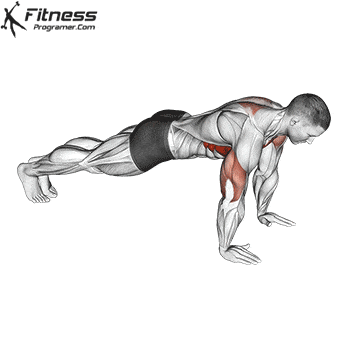
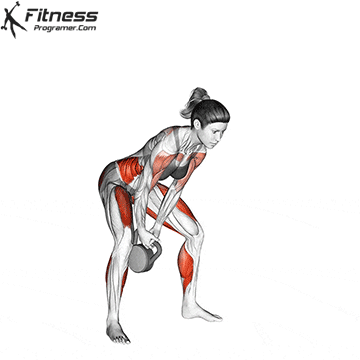
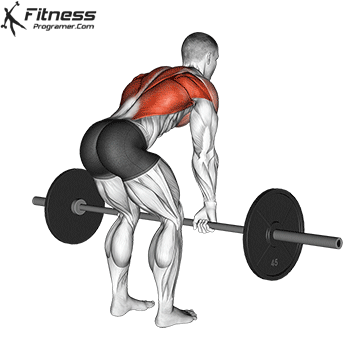
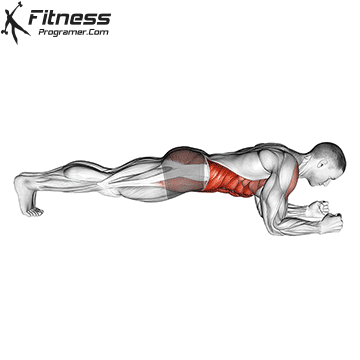
Progress advice: Increase resistance or repetitions every 2-3 weeks to challenge your muscles.
3. Flexibility and mobility
Flexibility and mobility exercises improve your range of motion, reduce muscle stiffness, and prevent injuries. These exercises are often overlooked but are essential to overall fitness.
Key Benefits:
- Improves joint health and function.
- Reduces the risk of injury during exercises.
- Promotes recovery and relieves muscle tension.
How to include flexibility training:
- Dynamic stretch: Perform these exercises before workouts to warm up muscles and improve range of motion (for example, leg swings and arm circles).
- Fixed stretch: Do stretches for 20 to 30 seconds after exercise to cool down and improve flexibility (for example, hamstring stretch, chest stretch).
- Yoga or Pilates: Include a 20-30 minute session once or twice a week for full body flexibility.
Sample routine:
- Cat and cow extension: 10 repetitions to mobilize the spine.
- 90/90 stretch: 20 reps to activate the inner thighs.
- Stretch your hip muscles: Hold for 20 seconds on each side.
- Downward dog position: Hold for 20-30 seconds.
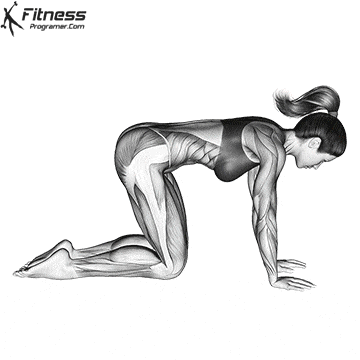
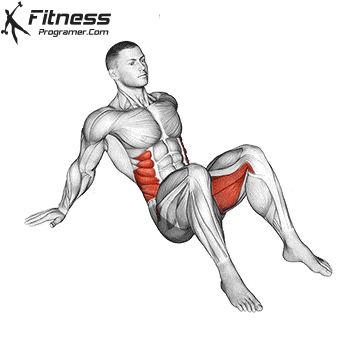
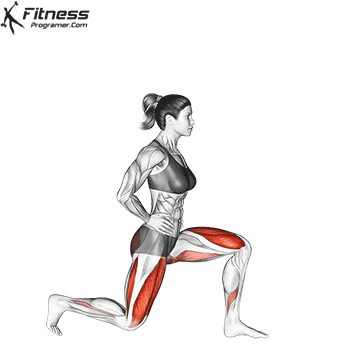
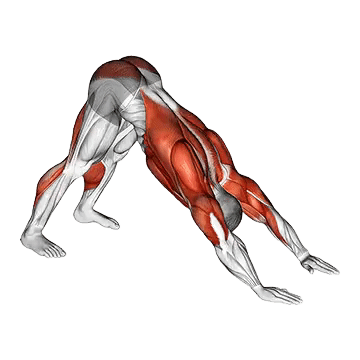
4. Recovery
Recovery is when your body repairs muscles, replenishes energy, and adapts to the stresses of exercise. Without adequate recovery, you risk overtraining and injury.
Key Benefits:
- Promotes muscle growth and repair.
- Prevents exhaustion and mental fatigue.
- Improves performance during future workouts.
How to improve recovery:
- Rest days: Take 1-2 complete rest days per week. Engage in active recovery activities such as light walking or stretching exercises.
- He sleeps: Aim to get 7-9 hours of quality sleep every night, as it is crucial for muscle repair.
- Moisturizing: Drink enough water to help muscle recovery and reduce pain.
- feeding: Eat protein-rich foods after exercise to repair muscle tissue. Include carbohydrates to replenish glycogen stores.
Sample recovery techniques:
- Foam rolling: Focus on the tight muscles for 5-10 minutes.
- Ice baths or contrast showers: Alternate hot and cold water to improve blood circulation.
- Meditation or breathing exercises: Reduce stress and promote mental recovery.
Step 3: Sample fitness programs
Beginner Fitness Program (Week 1-4)
goal: Building a fitness foundation.
- First day: Cardio – brisk walking for 20-30 minutes or cycling.
- The second day: Strength – 3 sets of 10-12 reps of goblet squats, bell swings, bent over row, push-ups (modify if necessary), and planks (hold for 20-30 seconds).
- Day 3Flexibility – 15 minutes of yoga or stretching.
- Day fourCardio: 30 minutes walk or swim.
- Day fiveStrength – Repeat Day 2’s exercises or try resistance bands.
- Day sixActive recovery – light yoga or nature walks.
- The seventh day: break.
Intermediate Fitness Program (Week 5-8)
goal: Improve endurance and strength.
- First day: HIIT – 20 seconds work/10 seconds rest for burpees, jumping jacks, and mountain climbers (15 minutes).
- The second day: power – A sample routine for functional fitness Or a 3×5 total body strength program
- Day 3: Flexibility – 20 minutes of yoga focusing on the hamstrings and shoulders.
- Day four: Cardio – jog or bike for 30 minutes.
- Day five: Strength – Repeat the second day’s exercise
- Day six: Active recovery – foam rolling or mobility work.
- The seventh day: break.
Advanced Fitness Program (Week 9 onwards)
goal: Maximizing strength, endurance and flexibility.
- First day: power – A sample routine for functional fitness Or a 3×5 total body strength program
- The second dayCardio: 40-minute run or HIIT with kettlebells.
- Day 3: Flexibility – deep yoga flow or advanced movement exercises.
- Day four: Strength – Repeat the first day’s exercise
- Day fiveCardio-endurance exercises: Swim or cycle for 45 minutes.
- Day six: Recovery – contrast baths or massage therapy.
- The seventh day: break.
Step 4: Common challenges and how to overcome them
- Lack of time:
- Choose short, high-intensity workouts like HIIT.
- Divide your workouts into 10-minute segments throughout the day.
- Plateaus:
- Mix up your routine by trying new exercises.
- Gradually increase the weights, repetitions, or intensity.
- Motivation dips:
- Set small, achievable goals and celebrate progress.
- Exercise with a friend or join a fitness class to keep yourself accountable.
Nutrition and lifestyle tips
To complete your fitness program:
- Eat balanced meals: Focus on lean proteins, complex carbohydrates, healthy fats, and plenty of vegetables.
- Stay hydrated: Drink water before, during and after exercise.
- Prioritize sleep: Good sleep is crucial for recovery and performance.
conclusion
The best fitness program is one that keeps you motivated and aligned with your goals. By addressing each of these components, you can create a program that supports your overall fitness, reduces your risk of injury, and sets you up for long-term success. Remember, fitness is a journey, not a destination. Start today and enjoy the journey to greater health and strength!
